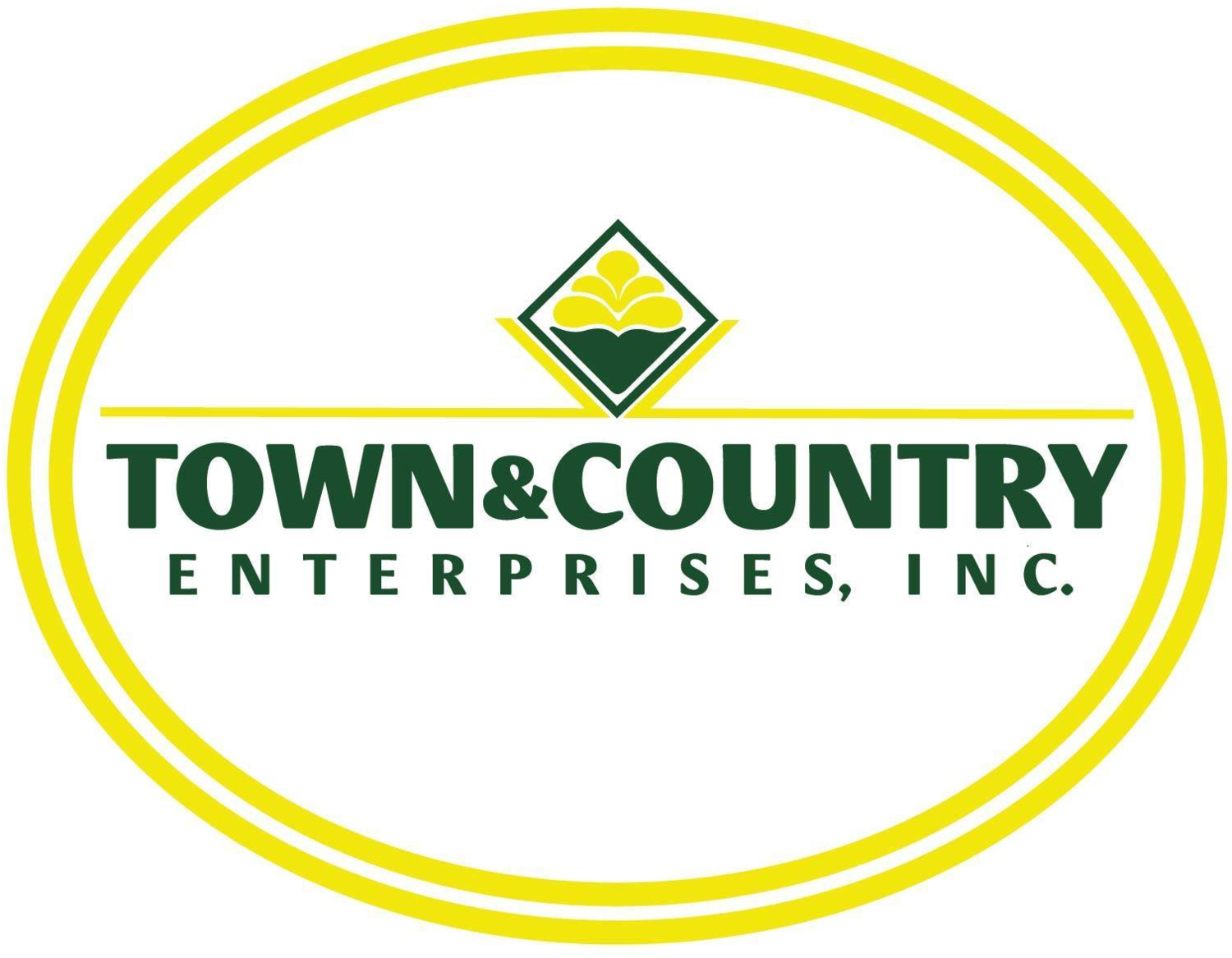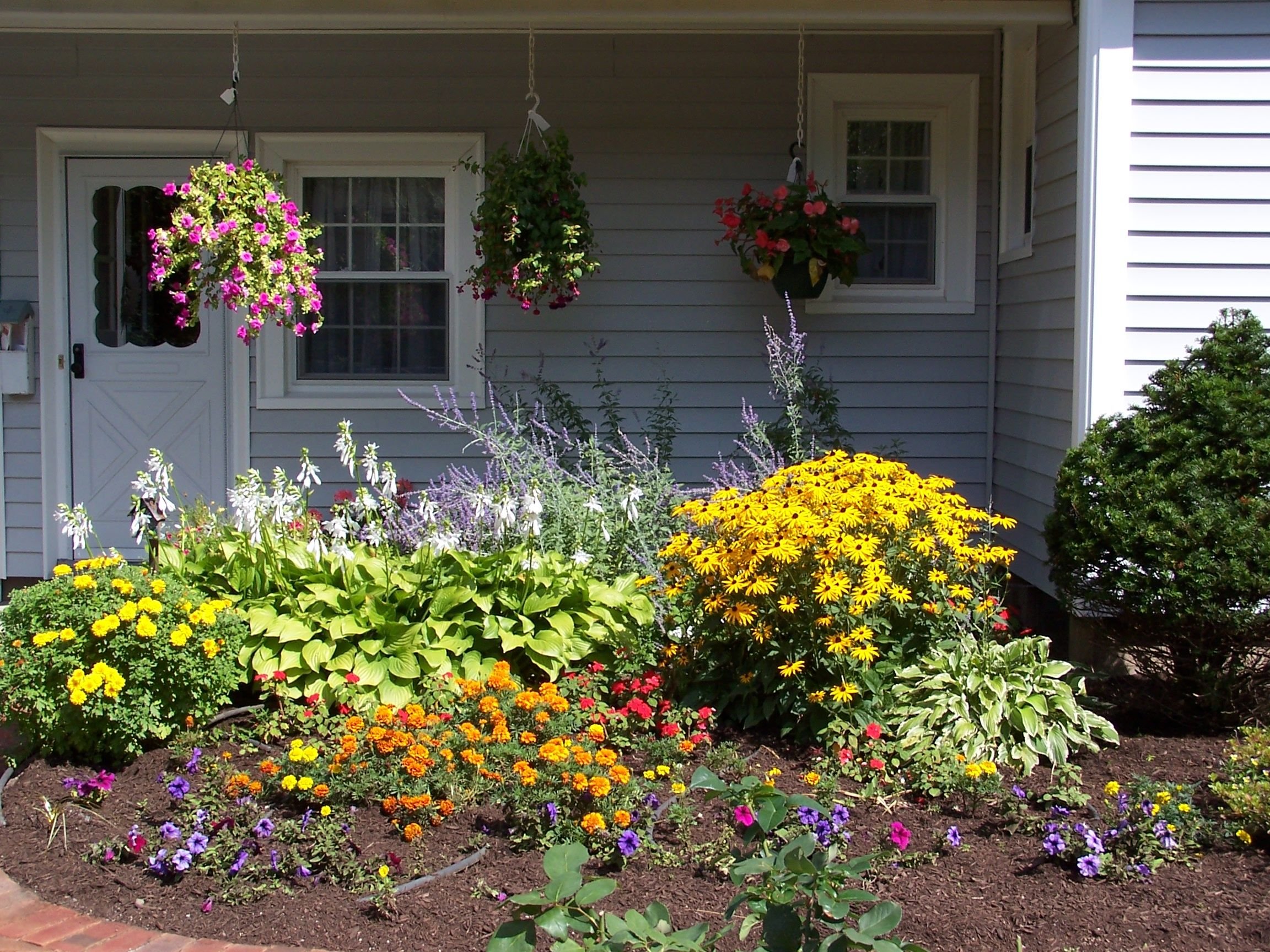Why You Need to Include Pruning in Your Landscape Plan in Penfield and Pittsford, NY
Having a beautiful landscape is an ongoing concern. Part of maintaining that beautiful look is to include pruning in your landscape plan in Penfield and Pittsford, NY. Although pruning is generally done much the same, there are different plants, trees, and shrubs that need to be pruned in different ways, at different times.
Follow these guidelines so that you can incorporate proper pruning in your landscape regimen.
Why Should You Prune?
Just as getting a haircut will remove dead ends and encourage healthier growth, plants, shrubs, and trees experience the same benefits when they’re pruned, and then some. Not only will pruning make the plant or tree healthier, but protect your property and visitors as well by removing dead or dying limbs that could fall and hurt someone or damage property. Pruning will make your plants and trees stronger and more lush.
What Should You Prune?
Trees, shrubs, and many different types of flowers need pruning, to stay healthy and lively, and to look their best. Trees can become dangerous if dead branches are left unchecked or if you have cross-branches that rub against each other. Hedges and shrubs should be pruned to fill out and stay healthy. Certain plants grow better and fuller if they are properly pruned.
When Should You Prune?
Pruning at the wrong time—or incorrectly—can have negative effects. Pruning a tree or bush too much, can remove too much of its cover and cause it to get weak or even die. Pruning in the fall can result in no new growth or damage because, once a tree or shrub is pruned, it tries to regrow. If this happens in the fall, the new growth will likely die because of the harsh weather.
Most of the time, pruning should be done for trees and shrubs in late winter or early spring to allow for new growth in the springtime, but you should typically avoid pruning any flowering plants or trees at these times because, since they are dormant in the winter, their existing buds will become flowers in the spring. So you don’t want to prune and cut those off.
Some plantings—like rhododendron or lilac trees—should be pruned following their first budding, to allow for better growth during the next season.
When pruning a dead tree limb or dead pieces of shrubs or plants, those can be done at any time.
How Should You Prune?
There are different types of pruning that serve different purposes. The one chosen can depend on the pruning goal.
Thinning: When pruning to thin, generally this involves removing a branch from where it’s attached to allow for more light to pass through and help control and manage growth.
Raising: Raising is done to trees to cut off bottom limbs and branches to allow space for people to walk under or park under, or for entryways.
Topping: Generally done when trying to train a tree to grow a certain way, topping involves removing almost all of the branches down to the bare trunk.
Reduction: Most often you’ll see reduction pruning done to assist in clearing the way for power or cable lines. It reduces the volume of a tree to prevent disruption.
Prune Cautiously
As with any job, using the right tools matters. While simple pruning shears can work for smaller jobs, larger jobs require stronger equipment. In cases involving high heights, your landscapers will be wearing proper safety gear to ensure they are secure while keeping your plantings in optimal health.
About the Author
Home and business owners in Rochester, New York, and surrounding areas have relied on the extensive knowledge and expertise of Town & Country Enterprises for their landscape care and renovations since 1976. What started as a love for landscaping and student summer job evolved into the full-service company that we are today, delivering outdoor living spaces that enhance both your lifestyle and the overall beauty of your home.

